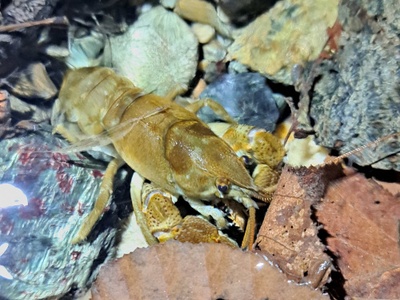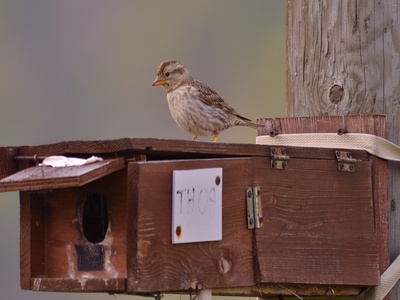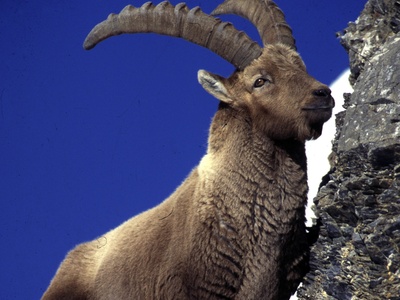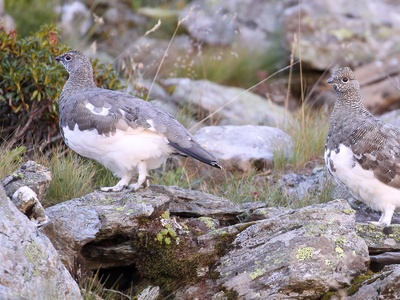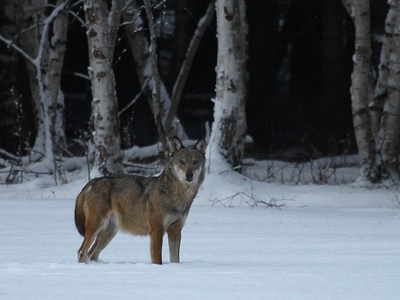Parcopedia
 Fauna
Fauna
The river prawn (Austropotamobius pallipes complex) is one of the most discreet and valuable inhabitants of our waterways. Brown-olive in color, with the underside of the claws lighter, hence the Latin name pallipes ("light feet"), it has a distinctive appearance: a robust, segmented body, two large front claws, and an abdomen that ends with a wide caudal fan, which allows for rapid backward movements in case of escape. Adults typically reach a length of 8–12 centimeters and move carefully along the gravelly and rocky bottoms of streams.
 Fauna
Fauna
For years a population of rock sparrow has been nesting in the mowed and grazed meadows of the upper Susa Valley, in two Sites of the Natura 2000 network managed by the Parks of the Cottian Alps. It has colonized an area of about 13 square kilometers on the south-southwest slope in the municipalities of Sestriere and Cesana Torinese, between 1350 and 2000 meters above sea level. The territory is characterized by xeric pastures and mountain meadows that in recent decades have seen a drastic decrease in traditional agro-pastoral practices, with the consequent risk of invasion by shrubs and trees and loss of the high degree of plant and animal biodiversity linked to mowed and grazed meadows.
 Fauna
Fauna
The ibex is a large wild goat. Very confident with humans, it inhabits the entire Alpine arc.
 Fauna
Fauna
The rock partridge (Lagopus muta) is an alpine bird the size of a pigeon that lives at high altitudes, above trees and shrubs. Up there, at the border between high-altitude meadows and rocky areas, generally between 1800 and 2700 meters, going up beyond 3000 meters in summer and autumn.
 Fauna
Fauna
In the territories where today the Parks of the Cottian Alps are located, and in general throughout the entire Alpine arc, the wolf became extinct between the end of the 19th century and the beginning of the 20th century due to human hunting activity. Starting from the 1970s, from a small nucleus of wolves of the subspecies Canis lupus italicus present in the Apennines of Central Italy (between 100 and 200 individuals), a process of numerical growth and spontaneous recolonization began, leading the species to spread throughout the entire peninsula.
